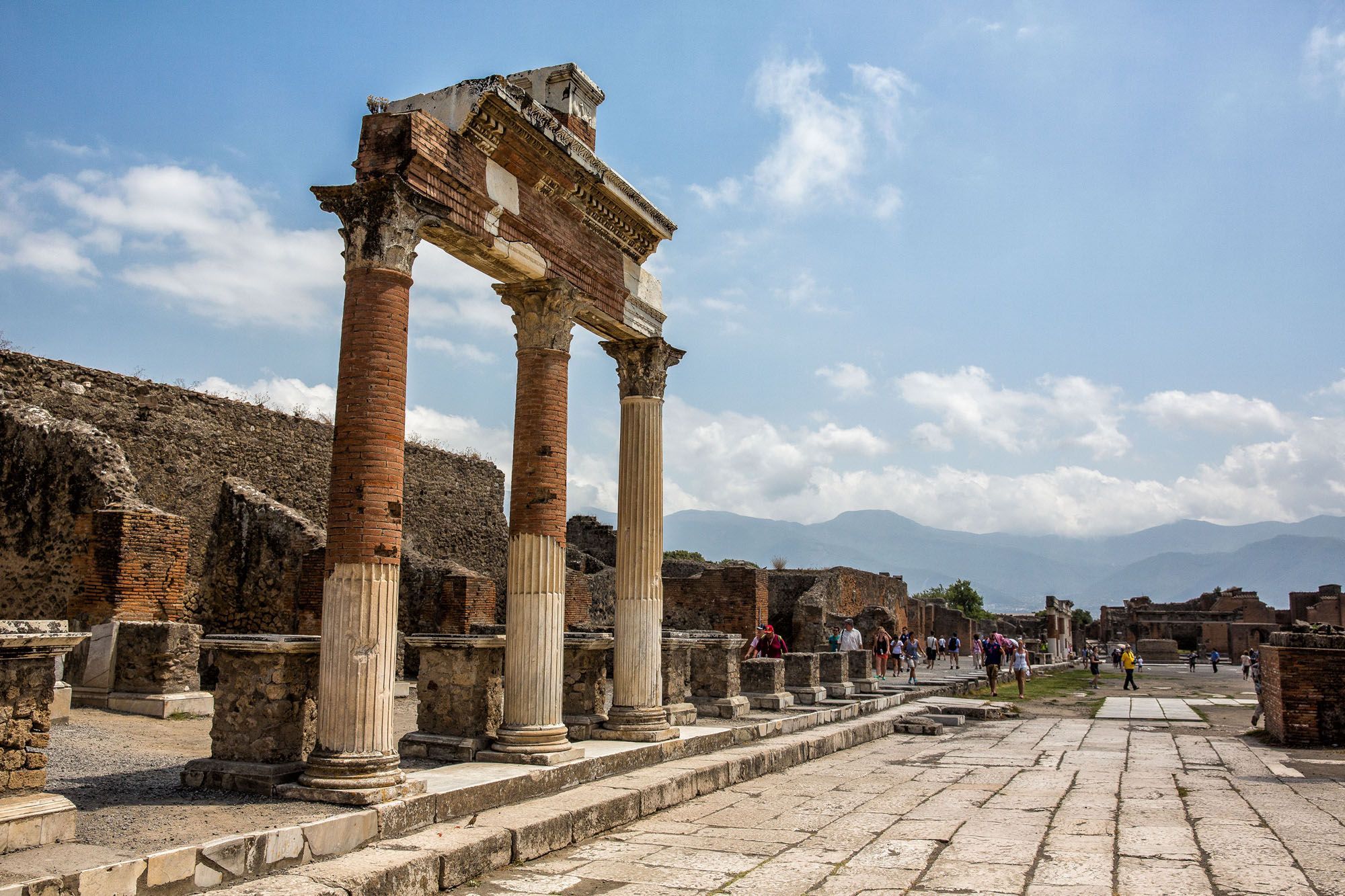
So the interesting history of Pompeiian archaeology goes something like this if I remember correctly: First villagers found sinkholes and went down and found treasure. Enter the Victorian archeologists, who left archaeology of their own, in the form of defacing the murals of what they considered inappropriate content. The thing is, the Romans thought phallic symbols were really lucky and had them everywhere: windchimes, walls etc. The Victorians of England and other Europeans in the 19th century chiseled many of them out. Then Giuseppe Florelli perfected a method to make plaster casts of the victims' shapes in the ashes. He opened a display of the casts behind glass in 1873.
The archaeologists made a very good decision early on: they did not uncover the whole town. This left future archaeologists with better methods to uncover the large chunk of town. This was also good because the houses that were uncovered are fading and aging before our eyes. At least the ones underground are still in pristine condition. Finally, they are continuing to uncover the town. Check out the newspaper article for the latest finds.





